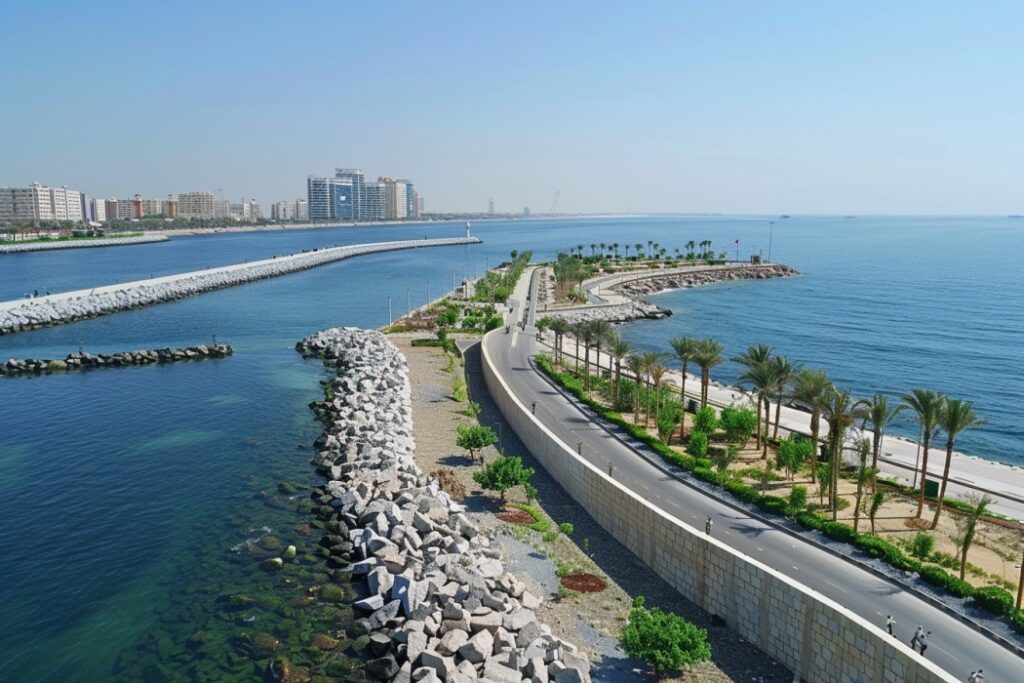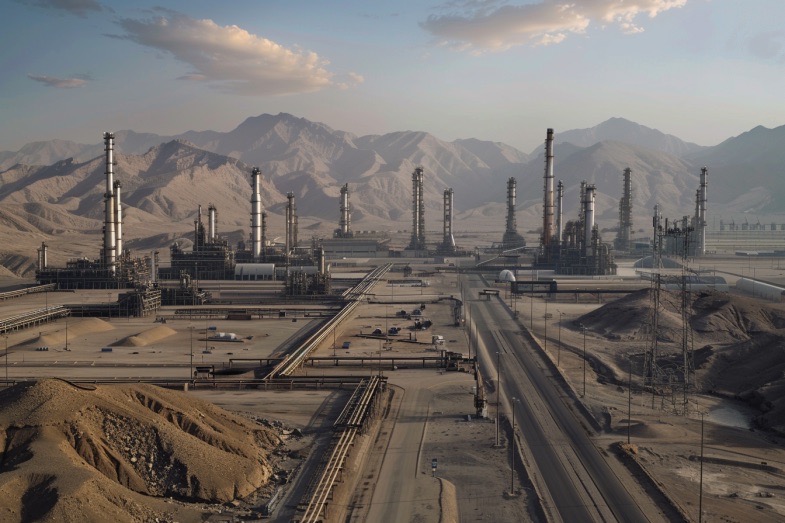Deadly Flash Floods Devastate India and Pakistan
In a tragic turn of events, flash floods caused by torrential rains have claimed the lives of over 200 people in India and Pakistan within the last 24 hours. The search for at least 80 missing individuals is underway in a remote Himalayan village where cloudbursts wreaked havoc on a Hindu pilgrimage site.
The devastation was compounded when a relief helicopter delivering supplies to flood-affected areas in Pakistan’s northwest crashed due to adverse weather conditions, resulting in the loss of all five individuals on board, including two pilots.
Impact in India-Controlled Kashmir
In India-controlled Kashmir, the village of Chositi bore the brunt of the flash floods, leading to the deaths of at least 60 people with 80 still unaccounted for. The village was hosting over 200 Hindu pilgrims at a community kitchen when floodwaters swiftly descended from the mountains.
Local hospitals reported treating 50 severely injured individuals, many of whom were rescued from a stream filled with mud and debris. The number of missing persons is expected to rise, according to disaster management official Mohammed Irshad.
Rescue Efforts and Devastation
Chositi, situated in Kashmir’s Kishtwar district, marks the final accessible village to motor vehicles along the route of an annual Hindu pilgrimage to a shrine at an altitude of 3,000 meters. The pilgrimage, which commenced on July 25 and was slated to conclude on September 5, has been suspended.
Photos and videos circulating on social media depict extensive destruction, with household items scattered among damaged vehicles and residences in the village. Authorities swiftly erected makeshift bridges to aid stranded pilgrims in crossing a muddy water channel and deployed earthmovers to clear the debris.
Pakistan’s Tragic Toll
In Pakistan, the flash floods claimed the lives of at least 164 individuals in the past day, including 78 fatalities in the flood-ravaged Buner district. Dozens sustained injuries as homes in villages across Buner were destroyed, prompting authorities to declare a state of emergency.
The crashed relief helicopter in the northwest, as confirmed by provincial Chief Minister Ali Amin Gandapur, was en route to a relief mission when the tragic incident occurred. Rescue operations rescued over 1,300 stranded tourists from the landslide-stricken Mansehra district.
Climate Change and Human Impact
The sudden, intense downpours and cloudbursts in the Himalayan regions of India and northern areas of Pakistan have been attributed to climate change and unplanned development. Experts warn that these phenomena have become more frequent in recent years, resulting in devastating floods and landslides.
Weather officials have forecasted additional heavy rains and floods in the region, prompting Pakistan’s disaster management agency to issue alerts for potential glacial lake outburst flooding. The toll from these natural disasters underscores the urgent need for climate resilience and sustainable development strategies in vulnerable mountainous regions.
A recent study by World Weather Attribution revealed that rainfall in Pakistan during a specific period was intensified by 10% to 15% due to global warming, underscoring the urgent action needed to address the impacts of climate change on vulnerable communities.
The catastrophic events in India and Pakistan serve as a stark reminder of the devastating consequences of extreme weather events and the urgent need for coordinated efforts to mitigate the impacts of climate change on vulnerable populations.



